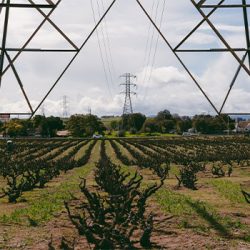The cobbled streets of Radda were quiet when I arrived in early December, around the start of the Omicron wave, but at the end of Via Roma I found a warm welcome at La Bottega di Giovannino. Monica Bernardoni, the chef and wine buyer, told me that her father started the business as a small supermarket; he had a little bar in the corner where you could stand and eat a sandwich. Monica added a kitchen, and her rendition of peposo (beef braised in red wine and black pepper) was just what I wanted on a chilly winter afternoon.
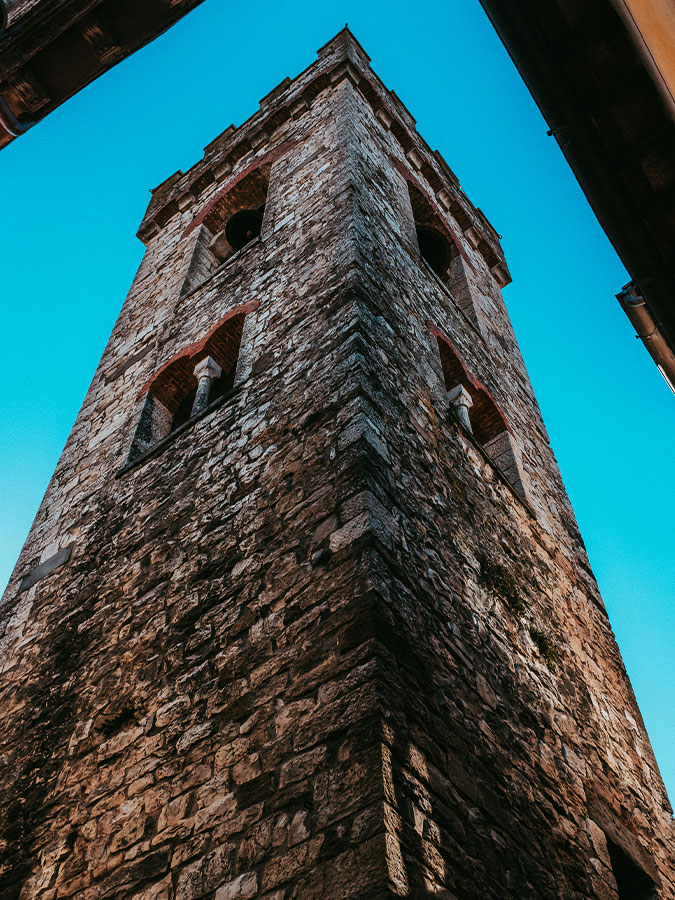

It’s not hard to choose a wine at La Bottega; Monica keeps a bottle of each wine along one wall of the dining room, and you just point to what you want. I chose a bottle of Montevertine Pian del Ciampolo, and she nodded approvingly; her selections are organized according to the different villages of Chianti Classico, and the Montevertine was in the Radda section. “When I started, the selection was broader,” she recalls, with wines from all over Italy that she wanted to introduce to local customers. As the tourist traffic picked up in recent years, her international customers began asking for more local wines. There are only around 30 producers in Radda, and Monica knows them all. When selecting wines for her restaurant, she says, “The quality is important, but it is also important to tell the story of the people who make the wine.” In fact, many of the producers in Radda have good stories to tell.
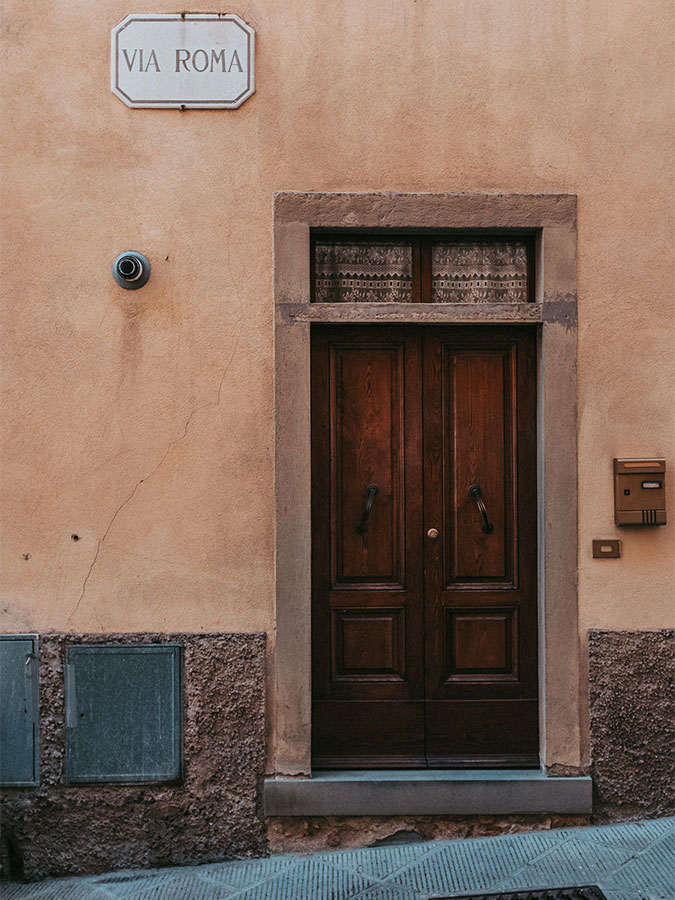

Roberto Bianchi’s parents came to Radda in 1974. His father was Italian, his mother of Greek and Welsh origin; neither had any experience with making wine. Val delle Corti had been abandoned, as were so many properties when the mezzadria (the region’s sharecropping system) dissipated in the 1950s and ’60s. The Bianchis planned to use the property as a country retreat, and Roberto’s father began to learn about wine from books and from local growers. Roberto was teaching Italian literature to American students when his father died in 1999, and he decided to try to make something of the Radda estate.
Radda is one of the eleven new Unità Geografiche Aggiuntive (UGAs) recognized by the Chianti Classico consorzio in 2021. It includes the village of Radda and its surrounding farmland—nearly 20,000 acres, though only eight percent of that is planted to vineyards. The rest consists of rugged hills, deep valleys and dense forests that hug the high, eastern edge of the Chianti Classico zone. Bianchi’s 20 acres of vines run down the hill from his cellar on east-facing slopes at elevations of around 1,600 feet, and when he arrived two decades ago, the cool site made ripening the grapes a challenge. “At that time, if you said ‘I make wine in Radda,’ people would say, ‘Oh, too bad.’ Radda wines in the seventies and eighties were very sharp and acidic.” Bianchi’s tiny cellar is cold and damp; it’s basically a shed crowded with stainless-steel tanks and large botte. I kept my jacket on as we stood at a cluttered shelf to taste his 2018 Chianti Classico. The wine was translucent ruby, with fresh floral scents, pure red cherry flavors and bracing acidity.
It is exactly this style of wine that drew me to Radda. Chianti Classico is large and diverse; soil types and elevations vary wildly across its 173,000 acres, yet, until recently, you had just three choices in types of wine to buy: Chianti Classico Annata, Riserva or Gran Selezione, categories defined more by aging requirements than by place. The Chianti Classico consorzio’s approval last June of the new UGAs, each centered around its own village and, ideally, sharing some common terroir features that translate to a particular wine style, encourages wine drinkers to think about Chianti Classico as 11 different zones. If you were to blind taste wines from each of the 11 UGAs, some would be more distinctive and easier to identify than others—the latter from larger, more diverse UGAs. Radda wines tend to fall into that first category. They are wines for sangiovese purists, for those who appreciate a jolt of acidity and the scrape of raspy tannins. For now, the UGA names can appear only on the front labels of Gran Selezione wines, but it is a step in the direction of greater territorial identity within Chianti Classico
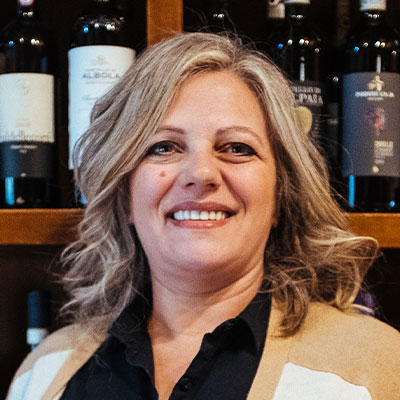

“The quality is important, but it is also important to tell the story of the people who make the wine.”
Monica Bernardoni
Michele Braganti’s family came to Radda around the same time as Bianchi’s. They bought Monteraponi, an abandoned country house with 12 acres of vines, but stayed in Florence, where his father had a silver factory. Braganti’s mother sent him to work at Monteraponi in 1997 “because I wasn’t a good student,” he says. He learned about wine from the family’s one vineyard employee, and they sold the grapes off until 2003, when Braganti decided to start making his own wine. I met Braganti on a Sunday evening in Florence, where he was getting ready to leave for a family trip. We tasted through his current releases at Enoteca Pitti Gola e Cantina, a cozy wine bar across the street from the Pitti Palace, the wines poured by Edoardo Fioravanti, one of the enoteca’s owners.
Braganti makes a Chianti Classico Annata and a Riserva (Il Campitello), the latter from 55-year-old vines. Both are sangiovese with about ten percent of other local varieties. Monteraponi is in Radda’s southern sector, which has a higher percentage of the calcareous alberese in the soils. In fact, Braganti makes a third sangiovese-based wine called Baron’ Ugo from a vineyard with pure alberese soils. It was a Chianti Classico Riserva until 2012, when the wine did not reach the minimum 12.5 percent alcohol, so he has labeled it an IGT wine since then.
Braganti’s Chianti Classico Annata is easy to peg as a Radda wine—high-toned, red-fruited, plenty of tension yet also perfumed and easy to drink. It must have caught Fioravanti’s attention—the enoteca owner carries wines from all of the Chianti Classico UGAs, but he has a disproportionately high number from Radda. “You get wines with more perfume and elegance from Radda,” he said, “but sometimes you have to teach the clients that this is what they should like.” In other words, Radda wines have a distinctive style, but it takes some getting used to, especially for people who are more accustomed to boldly ripe and heavily oaked wines.
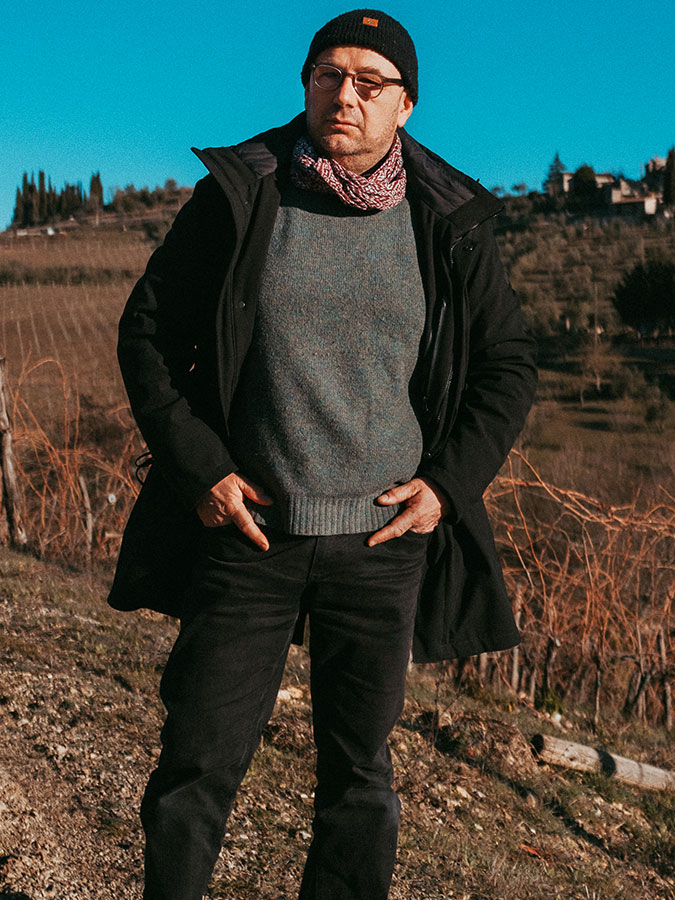

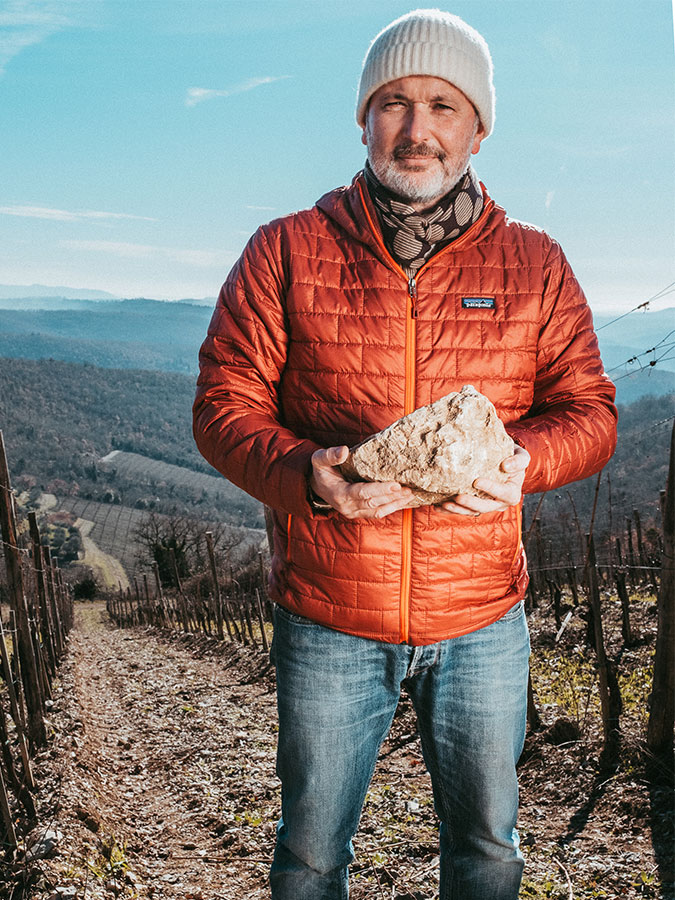

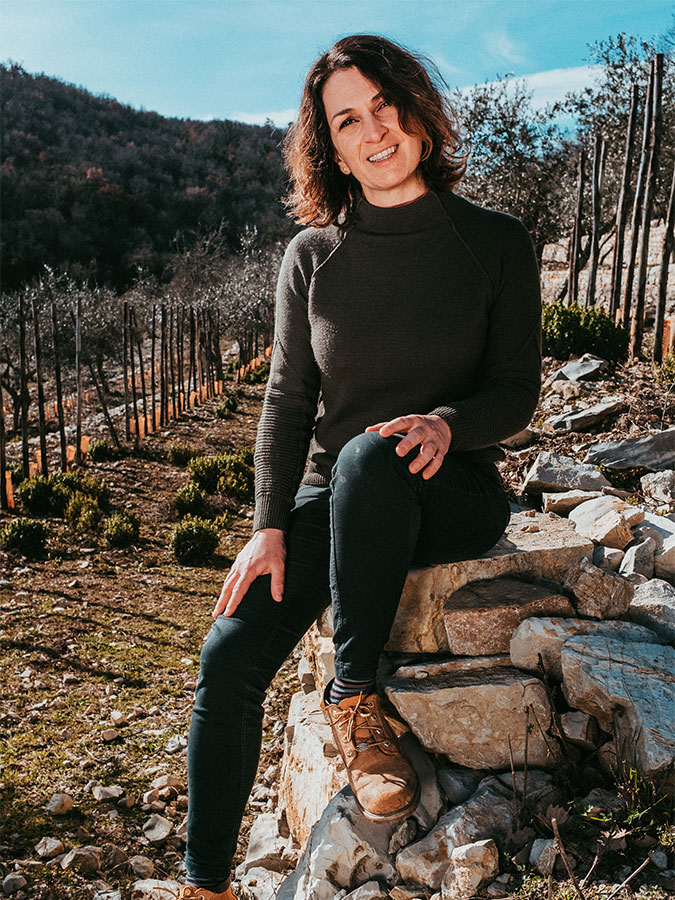

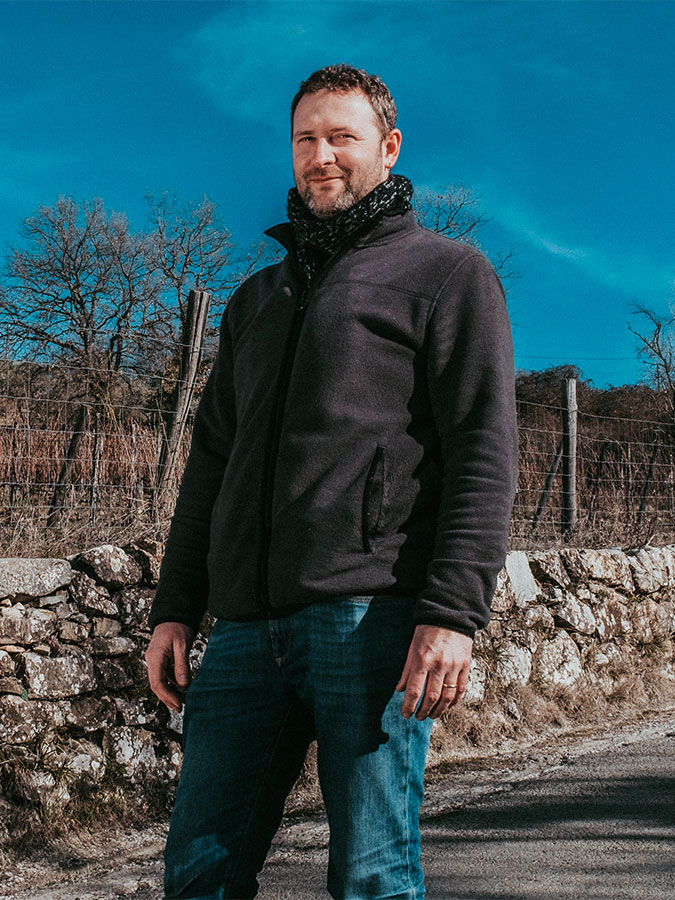

In fact, Braganti recalled being encouraged to make ripe wines with new barrels back in 2003, when he was just starting out at Monteraponi. He had asked for advice from two famous oenologists, and both had told him to plant international varieties and buy barriques. He decided to follow a different path. “When I began making wine, I started to study the real essence of Tuscan sangiovese, because sangiovese always speaks through the soil. I found not many that did this; Montevertine was one of the few.”
It is hard to overstate the influence of Montevertine in Radda. The story starts in a familiar way, back in 1967, with a businessman buying a country home in the Tuscan hills. Sergio Manetti planted five acres of vines and began making wine for family and friends. His bottles were met with such enthusiasm that he decided to move to Montevertine and devote himself full-time to growing vines and making wine, with some guidance from Giulio Gambelli, the legendary wine consultant and fierce proponent of sangiovese.
It wasn’t long before Manetti began clashing with the Chianti Classico consorzio. When he bottled his first Chianti Classico in 1971, consorzio rules required the wines to contain a minimum of ten percent white grapes. This was a vestige of the old days when the mezzadri (sharecroppers) were aiming for quantity of wine over quality. I spoke recently to Manetti’s son, Martino. “My father realized right away that he could make a better wine without the white grapes,” Martino explained. “That’s the first thing Gambelli told him. Even our first wine from 1971 was not regular. It was declared [as a Chianti Classico], but it didn’t actually include any white grapes, so ours has always been an outlaw wine.”
Honing his focus on sangiovese, in 1977 Sergio took fruit from his oldest vines to produce Le Pergole Torte, one of the region’s first all-sangiovese wines. He released it simply as a vino da tavola, with a distinctly non-traditional label designed by his friend, the artist Alberto Manfredi. By 1982, Sergio had become so disenchanted with Chianti Classico’s rules that he left the consorzio, declassifying all of Montevertine’s wines to vino da tavola. Though often conflated with the Super Tuscans of the time, which also fell outside the consorzio’s rules, Montevertine’s wines were, in fact, the anti–Super Tuscans, swimming against the tide of merlot and cabernet that was washing across the region.
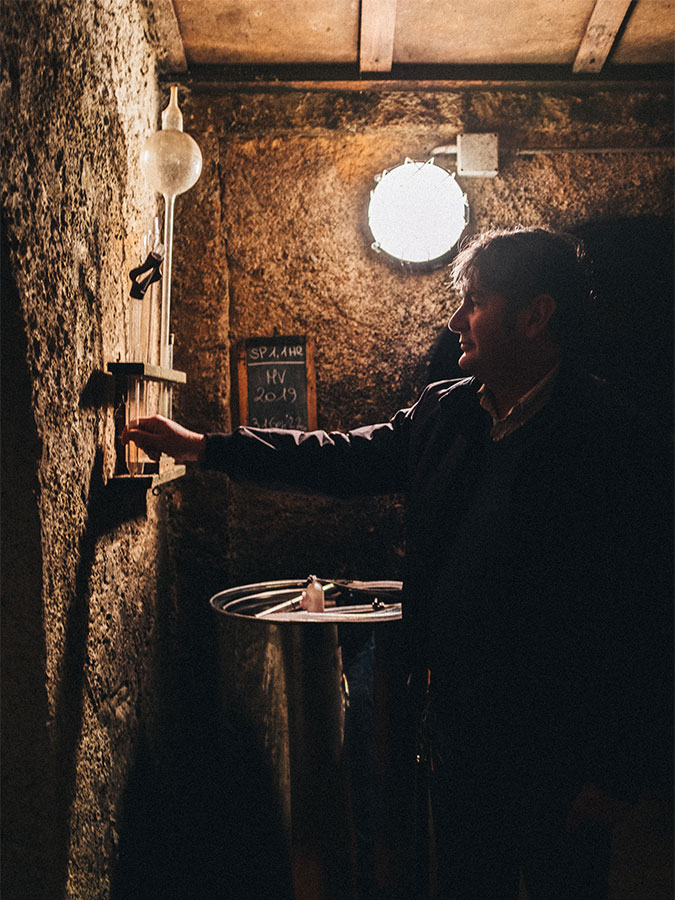

Over the years, Le Pergole Torte has attained cult status among sommeliers and sangiovese aficionados. Sergio Manetti passed away in 2000, a few years after Chianti Classico passed regulations allowing 100-percent sangiovese wines and a few years before it outlawed white grapes altogether. Martino Manetti has run the estate since then, retaining a sense of history with the many pieces of antique winemaking equipment displayed around the low-ceilinged, crowded cellar. He also has kept a promise to his father and remained staunchly outside of the Chianti Classico consorzio. That’s why it was such a surprise to learn that he was not only a member of Vignaioli di Radda, but a co-founder and the current vice president.
Vignaioli di Radda is an association of local winegrowers, just one of many such local organizations in Chianti Classico. “We drink a lot together,” says Roberto Bianchi, president of Vignaioli di Radda, when asked what the association does. “It’s mass group therapy, actually.” It started with a small group of growers—Bianchi, Martino Manetti of Montevertine, Michele Braganti of Monteraponi and Angela Fronti of Istine. They would get together for dinners, compare wines and talk about how to improve quality. Over time, they came to realize that Radda was gaining recognition for its wines—Montevertine, of course, but also others. “In the past, due to the microclimate and the rough, chalky soil, Radda was considered a minor territory, the wines too thin and acidic,” says Bianchi. “Some, like Montevertine and Volpaia, were already successful, but we became aware that more producers were making high-quality wines focusing mainly on sangiovese, and on balance and elegance.”
Vignaioli di Radda became an official association in 2018, and now includes 26 members, with only a handful of small producers deciding not to participate. All of the member wineries are part of the Chianti Classico consorzio, except for Montevertine. Bianchi acknowledges that this sometimes causes conflicts with the consorzio, but he also states the obvious: “If Radda is known worldwide, it is because of Montevertine. Martino would not need to be in an association like this to get more known, but he has been one of the most enthusiastic promoters of the Vignaioli project, and that is very important to us.
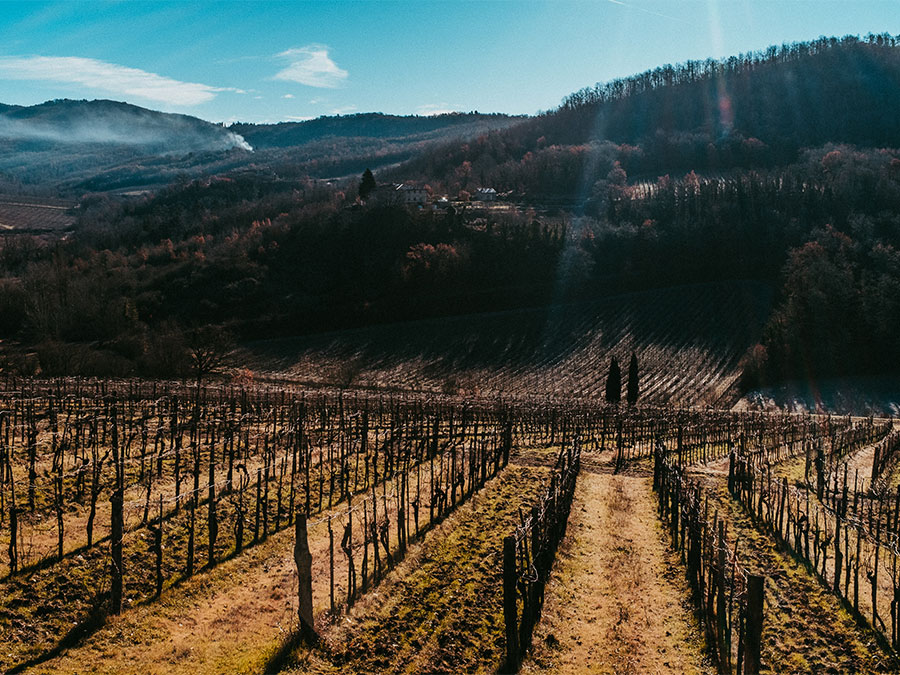

Along with Montevertine, Volpaia is another Radda property with an established reputation and strong international market presence. Raffaello Stianti arrived on the scene in 1966, around the same time as Sergio Manetti at Montevertine. At that time, there were three families making wine in the hamlet of Volpaia, and Stianti gradually bought each of them out. His daughter, Giovanella, has run the estate since 1972, first with her husband, Carlo Mascheroni, and now with her adult children, Federica and Nicolò.
Volpaia is an entire village unto itself, with remnants of the medieval walls and towers still intact. The family has restored many of the old buildings and churches, converting some into wine cellars, others into vacation villas, an osteria and a bakery. Volpaia owns 116 acres of vines at some of Radda’s highest elevations, and their Chianti Classico Annata, even with ten percent of merlot, carries that high-toned, tangy cherry signature of Radda. “Radda wines have a character; what I usually see is finesse, elegance and freshness, even if we are having more hot vintages,” says Federica. The family has undertaken extensive genetic research on the vines in their oldest vineyards, and it is this kind of knowledge that Federica thinks is important to share through Vignaioli di Radda. “The more you know your neighbors, the more you can exchange your experiences. It is important to associate Volpaia with Radda, to let people know that [wineries like] Montevertine, Volpaia, Monteraponi and Val delle Corti are from the same land.”
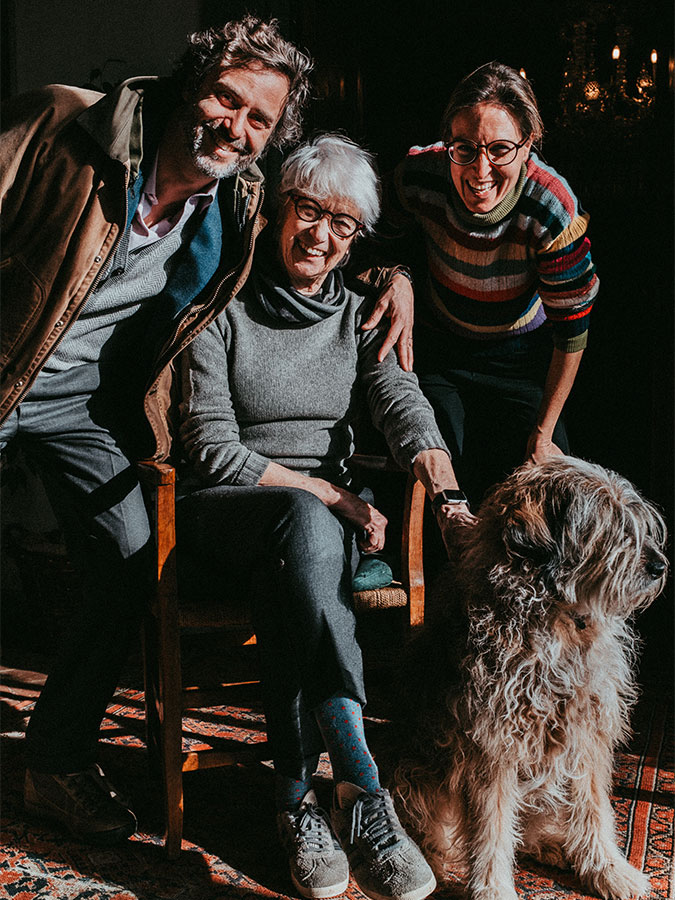

Angela Fronti of Istine is among the new generation of winegrowers working in Radda. She grew up near Florence but spent weekends and holidays in Radda, where her father worked at the family’s vineyard design and construction company. The Frontis bought some Radda land in 1982 where they planted their first vines, and acquired additional parcels over time until they now own about 50 acres, split evenly between Radda and Gaiole, another UGA. They were selling most of their wine in bulk until Angela started working full-time at the winery in 2012. She converted the vineyards to organic farming and focused on terroir differences among her plots. In addition to a Chianti Classico Annata and Riserva, she now makes three single-vineyard Chianti Classicos: Vigna Casanova dell’Aia and Vigna Istine from Radda, and Vigna Cavarchione from Gaiole—all at the Annata level, at least for now.
Fronti sees some differences in style between Radda and Gaiole. Her Radda plots are a bit higher in elevation, with more rocky soils, and she harvests them up to two weeks later than her parcels in Gaiole. “I find the sangiovese from Gaiole more dense and deeper in color,” she says. “The wines from Radda are lighter in color, with more minerality and higher acidity.”
Fronti could bottle her single-vineyard wines as Gran Selezione, but so far has chosen not to. For one thing, she considers her top-level wine to be her Riserva, but that includes fruit from both Gaiole and Radda, so it could not carry the Radda UGA on the label. She also raises a concern that many Radda producers voiced to me, an impression that many Gran Selezione were big and muscular, bolstered by merlot, enriched by time in new barriques—in other words, the opposite of a Radda wine. She hasn’t ruled it out for the future, though, and thinks the consorzio’s recent changes are positive. “Even if you can write the village name only on Gran Selezione wines, it is a way to speak about the UGA. The UGA is not only Gran Selezione; it is the people, the territory, the production. In Radda, it is not just the soil, it is the way we produce wine. We like wines that are clean, we like to use big barrels, so I think the people are an important part of the UGA idea.”
Diego Finocchi is another young producer and a true Radda native, though his father made furniture, not wine. Finocchi went to oenology school and bought his first seven acres of vines in 2006. At that time, he says, Radda was still considered inferior to warmer areas of Chianti Classico like Panzano and Castelnuovo Berardenga. Finocchi thought Radda was undervalued, and he knew it could produce great sangiovese because Montevertine had been doing it for years. He recalls going to a dinner at Montevertine around 2009 at which Martino Manetti pulled out a bottle of 1982 Le Pergole Torte, Finocchi’s birth year. At 27 years of age, that pure Radda sangiovese was still singing.
Finocchi now has 12 acres of vines, all planted exclusively to native varieties. In his first few vintages, he worked as a winemaker at Istine, partly so that he could use Fronti’s cellar to make his wines. Now he is renting a cellar and hoping to build his own in the coming years. He sticks to the type of traditional winemaking that he admired in the wines of Montevertine, aging his Chianti Classico in 2000-liter untoasted casks to put the spotlight on those pure red-cherry flavors and high-toned floral scents that are the essence of Radda sangiovese.
There’s a road in Finocchi’s vineyard called “L’Erta” (meaning steep incline) that leads uphill to the village of Radda. Finocchi decided to name his winery L’Erta di Radda, which translates as “the way up to Radda.” He says he wanted to include Radda in the name to create a sense of belonging to a place, but it also seems a bit like an act of defiance, a cheeky “I’ll show you what Radda can do” from a local boy. The choice was fortuitous, because now Radda has become one of the names in Chianti Classico that turns heads. “I’m very lucky,” says Finocchi, “because I don’t make a Gran Selezione, but I can use the village name.”
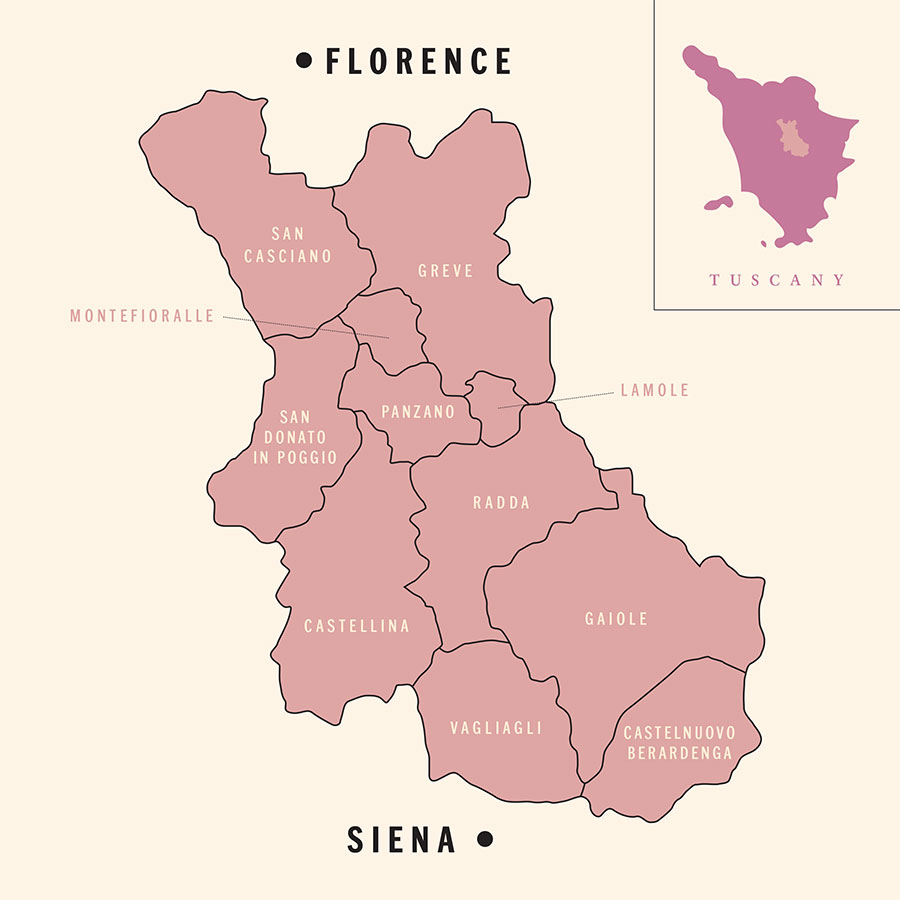

There was universal agreement among the Radda producers I spoke to that the consorzio’s official acknowledgement of UGAs is a positive development. Even Manetti from Montevertine had some grudging words of praise. “I don’t agree with Gran Selezione, but I think UGA is something that surely helps. It is a very important first step to recognizing the single zones of Chianti Classico.”
A good first step, then, but they are all eager to go further. They want to put Radda in bold letters on the front labels of their Riserva and Annata wines, and many argue that this is even more important because Annatas represent the largest segment of Chianti Classico, and are the wines that more people around the world will encounter. Michele Braganti is particularly passionate about this: “Chianti Classico does not exist without UGAs. The UGAs communicate the territory through the glass, and the territory is completely different. The area from Florence to Siena is too big to say only that it is one wine with the black rooster. There is more to say about the soil and terroir. Radda has its characteristics, and that doesn’t mean our wine is better [than wines from other UGAs], but it is different, and now is the time to say this.”
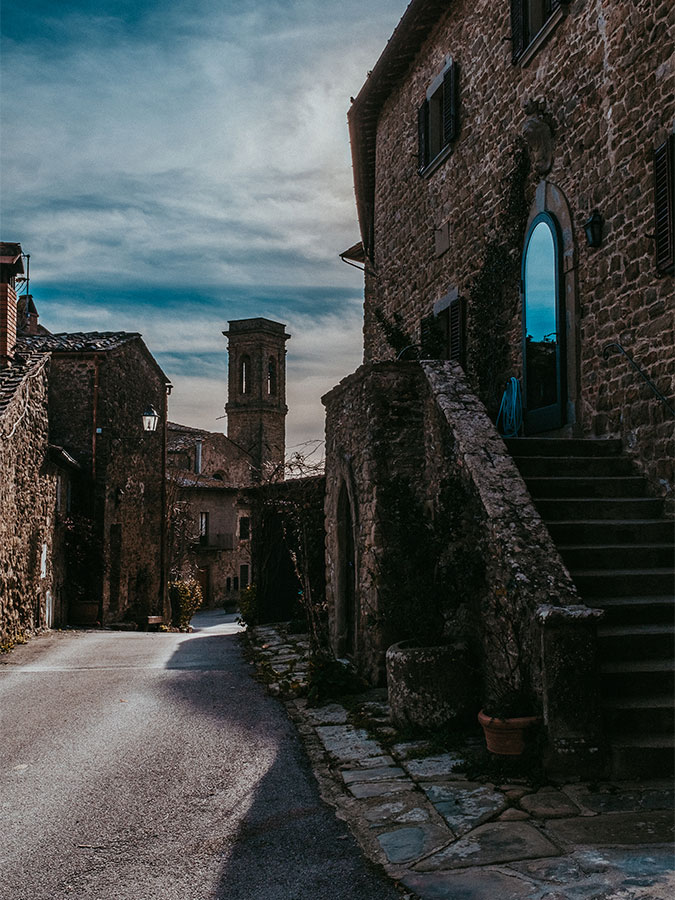

Juan Pablo Escobar, the wine director at Babbo in New York, agrees. He anticipated this official subdivision of Chianti Classico—starting in 2018, his more than 150 selections from the region have appeared under village headings. He thinks it actually simplifies things for his wine team and makes the experience for guests more special: “It allows us to talk about specific villages and make the connections between the soil, elevation and microclimate.” When guests say they want a lighter wine, or mention an affinity for pinot noir, Escobar will often take them to Radda.
“Wines from Radda can be kind of crunchy and bright,” he says, finding them more perfumed and less powerful than wines from some other UGAs. “A lot of guests might know the wines of Montevertine, so they have an idea of how balanced and elegant these wines can be. The acidity is there, and Tuscan food needs that.”
is the Italian wine editor at Wine & Spirits magazine.
This story appears in the print issue of Spring 2022.
Like what you read? Subscribe today.


